
Chain Saw Chain Direction: Not Just a Random Rotation
For anyone who’s ever wielded a chainsaw, understanding chain direction might seem like a no-brainer. But for new chainsaw users or those unfamiliar with the inner workings of this powerful tool, even a seemingly minor detail like chain direction can be crucial. After all, a chainsaw chain spinning the wrong way isn’t just inefficient – it can be downright dangerous.
So, why exactly does chain direction matter, and how can you ensure your chainsaw is set up correctly? Let’s delve deeper into this essential aspect of chainsaw operation.
The Cutting Power of Chain Direction
A chainsaw chain isn’t simply a loop of metal. Each link features sharp teeth specifically designed to bite into wood fibers. These teeth have a distinct cutting edge, and for the chainsaw to function properly, these edges need to meet the wood at the right angle.
Imagine a chainsaw chain spinning counter-clockwise. In this scenario, the cutting edges of the teeth would be scraping against the wood rather than slicing through it. This not only reduces cutting efficiency but also puts unnecessary strain on the chainsaw motor.
Conversely, a correctly oriented chain with teeth facing the right direction acts like a miniature saw blade. As the chain rotates clockwise (when viewed from the operator’s side), the cutting edges grab the wood fibers and pull them inwards, resulting in a clean and efficient cut.
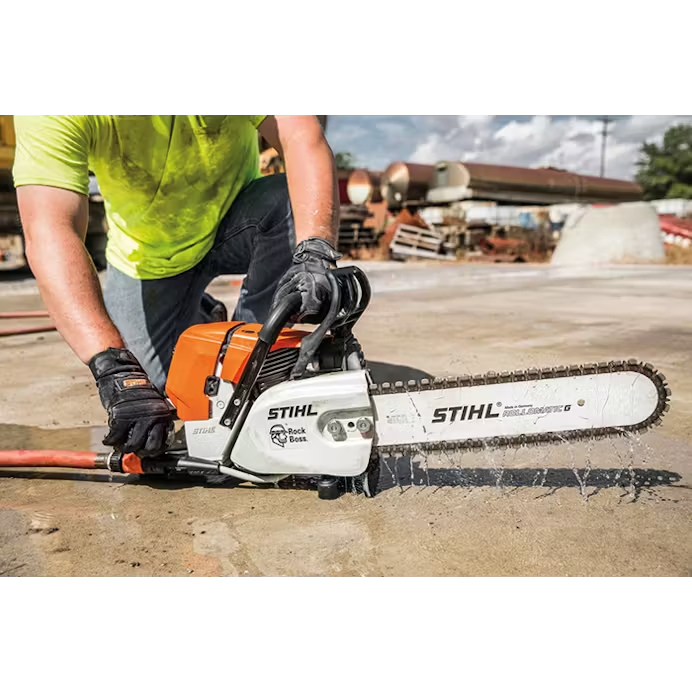
Safety Implications of Incorrect Chain Direction
Beyond inefficiency, running a chainsaw with the chain on backwards poses significant safety risks. Here’s why:
- Kickback: One of the most dangerous chainsaw hazards is kickback, which occurs when the tip of the bar contacts a solid object unexpectedly. A properly oriented chain helps the chainsaw bury itself deeper into the wood during cutting, reducing the likelihood of kickback. However, a reversed chain can actually cause the chainsaw to bounce upwards with tremendous force, potentially injuring the operator.
- Loss of Control: A chainsaw with an incorrectly oriented chain simply won’t cut effectively. This lack of control can lead to the operator struggling to guide the saw through the wood, increasing the risk of accidents.
- Chain Damage: Running a chainsaw with the chain on backwards puts undue stress on the chain links and cutting teeth. This can lead to premature wear and tear, potentially causing the chain to break during operation. A broken chain while using a chainsaw is a serious safety hazard.

How to Identify the Correct Chain Direction
Fortunately, identifying the correct chain direction on your chainsaw is a straightforward process. Most chainsaw manufacturers will include a clear arrow stamped directly onto the chainsaw guide bar. This arrow indicates the direction the chain should travel as it rotates.
If your chainsaw doesn’t have a directional arrow, you can rely on the design of the chain teeth themselves. Chainsaw teeth have a distinct “rake” angle, which is the angle at which the top of the tooth is filed. The cutting edge itself is a flat surface that protrudes slightly forward from the top of the tooth. On a correctly oriented chain, the cutting edge should face outwards, away from the body of the chainsaw.
Here’s a simple trick to remember: imagine yourself holding the chainsaw upright, with the bar pointing away from you. If the cutting edges of the teeth seem to be reaching out towards you, the chain is on backwards.
Putting on the Chain the Right Way
Once you’ve identified the correct chain direction, installing the chain is relatively simple. Here’s a general guideline (always refer to your chainsaw’s specific owner’s manual for detailed instructions):
- Preparation: Before handling the chain, ensure the chainsaw is turned off, unplugged, and the chain brake is engaged. Wear proper safety gear, including gloves and eye protection.
- Locate the Sprockets: Identify the drive sprocket (located near the engine) and the nose sprocket (at the tip of the bar). The chain will loop around both sprockets.
- Feed the Chain: Starting from the drive sprocket, begin feeding the chain onto the bar, ensuring the teeth are facing in the correct direction according to the manufacturer’s instructions or the arrow on the bar.
- Loop and Connect: Once the chain is fully looped around both sprockets, connect the two ends by fitting the drive link into the bar. You might need to slightly compress the chain tensioner to achieve this.
- Tensioning: With the chain connected, adjust the chain tension using the tensioner screw. The chain should have some slight play (consult your owner’s manual for the specific amount) but shouldn’t sag excessively.
- Final Checks: Once tensioned, double-check that the chain rotates freely and doesn’t bind on the bar. Ensure all nuts and bolts are securely tightened before starting the chainsaw.
Maintaining Proper Chain Direction
While chainsaw chains don’t magically change direction on their own, it’s a good practice to inspect the chain direction every time you replace the chain, sharpen the teeth, or perform routine maintenance on your chainsaw. This quick check can help prevent accidental mishaps and ensure your chainsaw continues to operate safely and efficiently.
Here are some additional tips for maintaining proper chain direction:
- Develop a Habit: Make checking the chain direction part of your pre-cutting routine. Just a few seconds of inspection can save you time, frustration, and potentially a dangerous situation.
- Use Sharpening Guides: If you sharpen your chainsaw chain yourself, invest in a sharpening guide that ensures the correct cutting angle. This will indirectly help maintain the proper chain direction.
- Consult a Professional: If you’re unsure about any aspect of chainsaw maintenance, including chain direction or sharpening, don’t hesitate to consult a qualified chainsaw service technician.

Beyond the Basics: Advanced Considerations
While understanding the basic principles of chain direction is essential, there are a few advanced considerations for experienced chainsaw users.
- Different Chain Types: Certain specialized chainsaw chains, like skip-tooth chains, might have slightly different cutting geometries. Always refer to the manufacturer’s recommendations for specific chain types.
- Chain Break-in: When installing a new chain, it’s crucial to allow for a proper break-in period. During this time, the chain stretches slightly, and you might need to readjust the tension a couple of times. Pay close attention to the chain direction throughout this process.
FAQs
Here are some frequently asked questions about chainsaw chain direction:
Q: How can I tell which direction the chainsaw chain should rotate?
A: There are two main ways:
- Look for an arrow: Most chainsaw guide bars have an arrow stamped directly onto them indicating the direction the chain should travel.
- Inspect the teeth: Chainsaw teeth have a distinct cutting edge. On a correctly oriented chain, the cutting edge should face outwards, away from the body of the chainsaw.
Q: What happens if I run the chainsaw with the chain on backwards?
A: Running a chainsaw with the chain reversed can lead to several problems:
- Reduced cutting efficiency: The chain won’t cut effectively, forcing you to work harder and potentially damaging the motor.
- Increased risk of kickback: A backwards chain can cause the chainsaw to bounce upwards unexpectedly during cutting, posing a serious safety hazard.
- Chain damage: The chain itself can suffer premature wear and tear, potentially breaking during operation.
Conclusion: Chain Saw Safety Starts with the Basics
A chainsaw is a powerful tool that demands respect. By understanding the importance of chain direction and following proper safety protocols, you can ensure your chainsaw operates efficiently and minimize the risk of accidents. Remember, a few moments spent checking the chain direction can translate into a safer and more productive chainsaw experience.
So, the next time you reach for your chainsaw, take a moment to confirm the chain is spinning in the right direction. It’s a simple step that can make a world of difference.




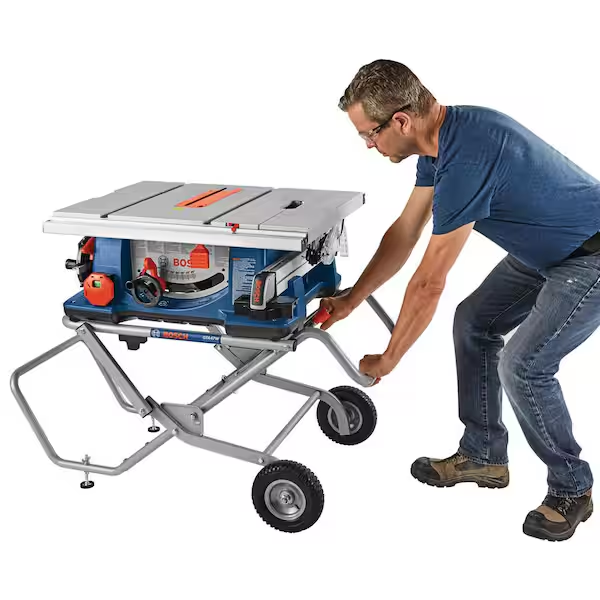


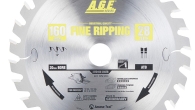
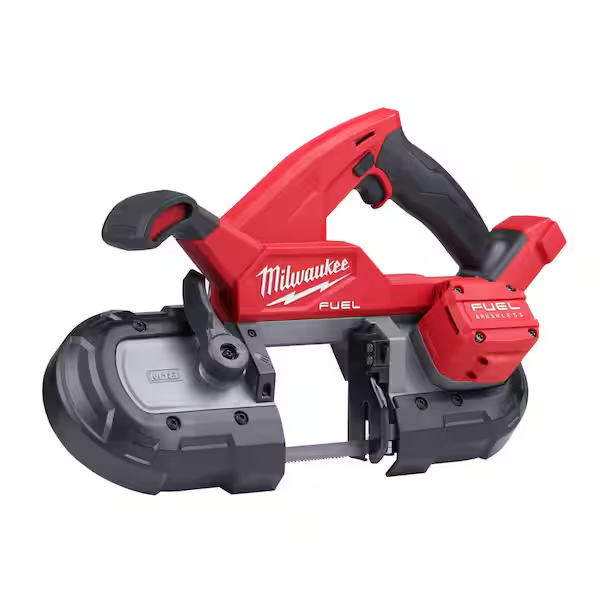
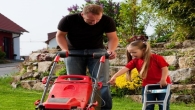
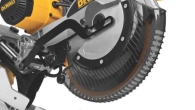
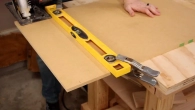
Leave a Reply